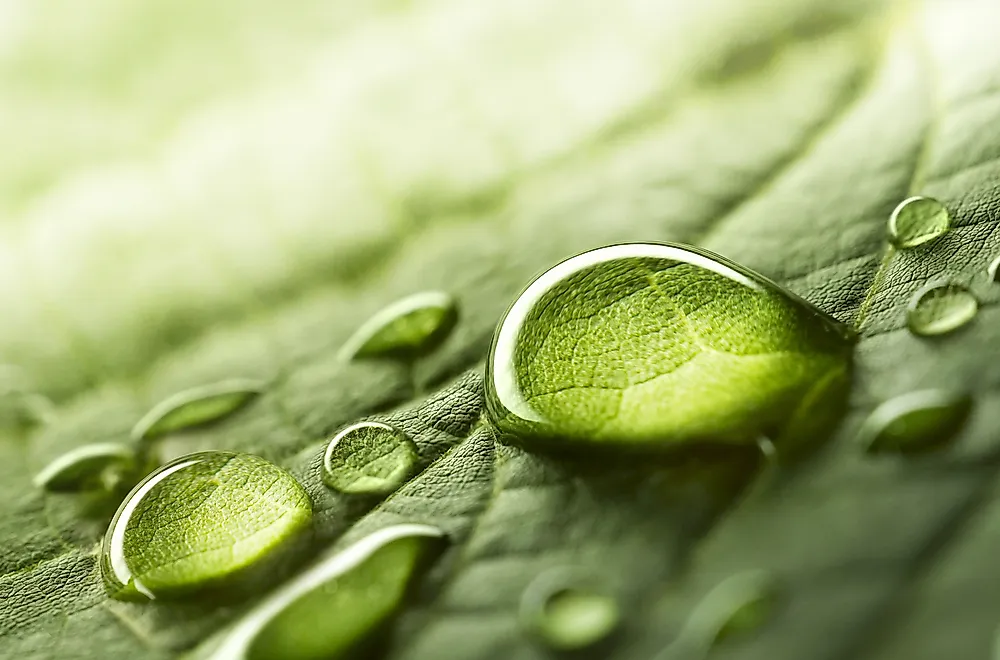What is Water?

Water is an odorless, almost colorless, tasteless and transparent abundant chemical compound found in the world’s oceans, streams, and lakes. Each water molecule has one oxygen and two hydrogen atoms which are linked to each other by a covalent bond. It is vital for all life forms, and without it, all animals and humans will go thirsty, and plants will wither and die. Water exists in three states; the liquid which flows in our lakes and river, the solid form as ice packs, snow, and iceberg or in the gaseous state.
Water occupies over 70% of the world’s surface. Over 96.5% of it is in the oceans and seas, 0.001% is in the atmosphere as vapor, 1.7% is in the Antarctica and Greenland as glaciers, and 1.7% is the groundwater. 2.5% of the global water is fresh water of which 98.8% is groundwater and ice. A large percentage of the planet’s water is in the earth’s interior.
Hydrological Cycle
The hydrological cycle, also known as water cycle is the continuous exchange of water between plants, groundwater, surface water, and atmosphere. Water evaporates from all the water bodies into the atmosphere as vapor. The water vapor then condenses in the atmosphere and fall as rain to the oceans and earth. The runoff from the land finally flows into the rivers which empty into the larger water bodies.
Properties of Water
Odor and Taste
Even though frogs can smell water and humans have sensors which detect the presence of water when drinking, it is known to be odorless and tasteless. Water from different sources is dissolved with various substances that give it different odors and tastes. The only tasteless water is clean, fresh water.
Appearance and Color
The color of all water bodies is determined more by elements suspended or dissolved in them, or the sky’s reflection than itself. Light can traverse a couple of feet of ice or pure water without being absorbed thus making it seem colorless and transparent. Therefore all the photosynthetic organisms including algae and aquatic plants can survive underwater since light can reach them.
Electrolysis and Electrical Conductivity
Water molecules can be broken down into oxygen and hydrogen atoms when an electric current flows through it (electrolysis). Some elements which are way more electropositive than the hydrogen elements in the water like cesium, potassium, calcium, sodium, and lithium can displace it and form a hydroxide. The electrical conductivity of water can be increased by the addition of ionic substances like salt.
Availability of Safe Drinking Water
Even though it has no organic nutrients or calories, it is essential for all life-forms on earth. Although access to clean drinking water over the last few decades has improved all over the world, over a billion individuals still lack safe water. Majority of these people live in the developing nations. However many observers have estimated that over half of the global population will be affected by water-based vulnerability by 2025.











